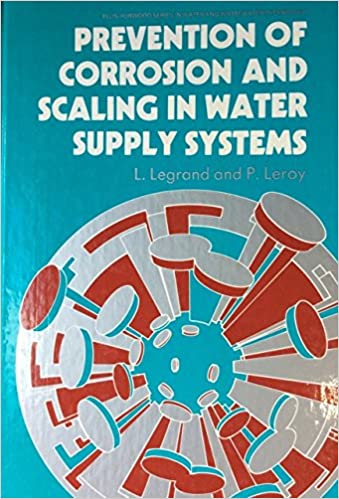
SCHADULE : 23-25 AGUSTUS
OBJECTIVES
By attending this course, participants are able to broaden or reshape their knowledge on the related subjects of his or her area of responsibility, learn more detail about corrosion and scaling mechanism, know more how to prevent corrosion and scaling, understand how to select and use chemicals, discuss and consult their specific problems they are about to bring to the class, and share experiences with others.
After completion of this course, participants will understand what corrosion and scaling are and their fantastic devastating potential, why and how they begin, how to detect, predict and monitor their growth, and how to control and prevent these big and serious problems. Participants will know whether or not corrosion and scaling happen in particular oil & gas field and what to do to anticipate the risks.
This course is designed as an effective practical shortcut to understand oil & gas field corrosion and scaling prevention, for either corrosion engineers or non corrosion engineering personnel who involve in oil & gas operations and maintenance, pipeline and asset integrity management, pipeline inspection and pigging, material purchasing, chemical selection and injection, produced water handling, hazard and HSE management, and any corrosion and scaling prevention related business activity.
The course content and approach are designed to suit participants of different background and different position in the company. It will be delivered as a to-the-point explanation by a professional instructor, utilizing an easy-to-understand examples and illustrations, especially the actual findings in Indonesia.
HIGHLIGHTS
1. Reservoir and Wellhead Downstream Fluid Characteristics
2. Down Hole and Wellhead Pressure and Temperature
3. H2S, CO2, and Acidic Impurities Components
4. Sour Corrosion and Microbial Induced Corrosion
5. Equipment and Pipeline Leakage and Rupture by Corrosion
6. Fluid Properties and the Scaling Tendency
7. Equipment and Pipeline Plugging by Scaling
8. Corrosion Monitoring and Scale Prediction
9. Corrosion Control and Scale Prevention Methods
COURSE OUTLINE
1. Oil, condensate, gas, and water in reservoir
2. Reservoir fluid and the hydrocarbon PVT diagram
3. Down hole to wellhead pressure and temperature change
4. Corrosion and scale in tubing and wellhead downstream
5. Corrosion and scale in produced water re-injection system and the injection well
6. Corrosion and scale in sea water injection system
7. Characteristics of produced water and the ionic balance
8. The role of H2S, CO2, and acidic impurities in the surface fluid
9. Nature of H2S corrosion, pitting and stress corrosion cracking
10. Nature of CO2 corrosion and calcium carbonate scaling
11. Calcium, barium and strontium scales problems
12. Carbonate, sulfate, and silicate scales problems
13. Sour corrosion and top of line corrosion problems
14. Microbial induced corrosion mechanism and its related problems
15. Corrosion caused by SRB and the pitting mechanism
16. Corrosion caused by oxygen penetration
17. Examples of corrosion damage and pipeline leakage
18. Examples of scale problems and pipeline plugging
19. Calculation of ionic balance, and corrosion and scaling indexes
20. Prediction of corrosion and scale tendency
21. Corrosion monitoring methods in oil & gas field
22. Scale monitoring methods in oil & gas field
23. Oil & gas filed corrosion and scaling prevention methods
24. Corrosion control with inhibitors and the selection of suitable corrosion inhibiting chemicals
25. Dosage and injection methods of corrosion inhibitors
26. Scale control with inhibitors and the selection of suitable scale inhibiting chemicals
27. Dosage and injection methods of scale inhibitors
28. SRB control with biocides and the selection of suitable and low risk biocide formula
29. Dosage and injection methods of biocides
30. Oxygen control by de-aeration and chemical injection, and the selection of suitable oxygen scavenger
31. Dosage and injection methods of oxygen scavenger
32. Safety in oil & gas corrosion and scaling prevention
33. Case studies in tubing and wellhead downstream
34. Case studies in produced water re-injection
35. Case studies in sea water injection system





